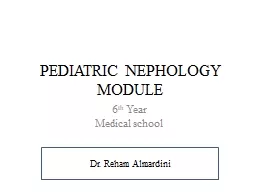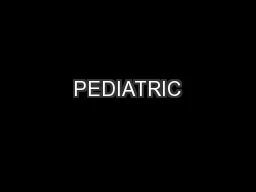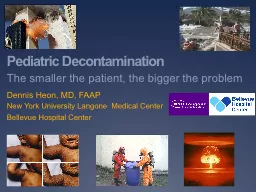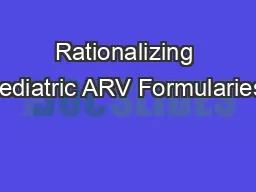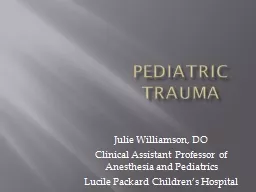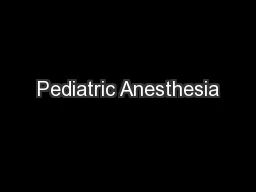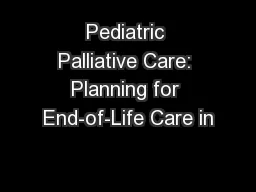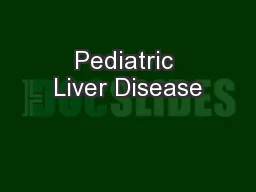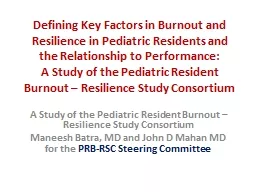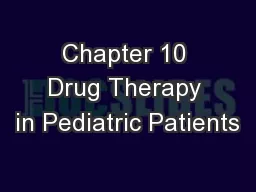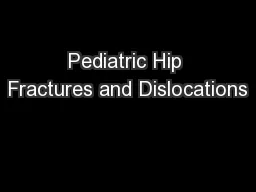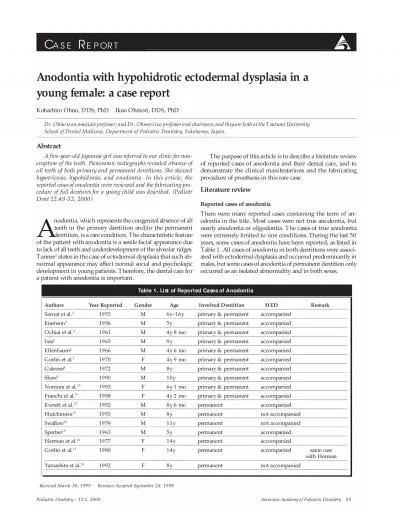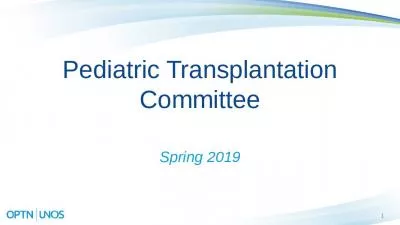PPT-PEDIATRIC NEPHOLOGY MODULE
Author : stella | Published Date : 2022-02-24
6 th Year Medical school Dr Reham Almardini Outline Introduction Hematuria Proteinuria Tubulopathy HUS Acute Kidney Injury CKD RRT Urology UTI Introduction
Presentation Embed Code
Download Presentation
Download Presentation The PPT/PDF document "PEDIATRIC NEPHOLOGY MODULE" is the property of its rightful owner. Permission is granted to download and print the materials on this website for personal, non-commercial use only, and to display it on your personal computer provided you do not modify the materials and that you retain all copyright notices contained in the materials. By downloading content from our website, you accept the terms of this agreement.
PEDIATRIC NEPHOLOGY MODULE: Transcript
Download Rules Of Document
"PEDIATRIC NEPHOLOGY MODULE"The content belongs to its owner. You may download and print it for personal use, without modification, and keep all copyright notices. By downloading, you agree to these terms.
Related Documents

